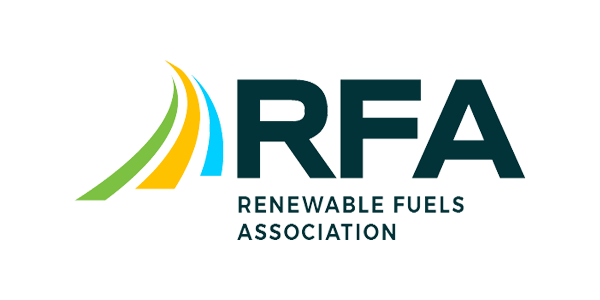National Security: By making biofuels sustainable through decarbonization, the United States will be able to rely on them for years to come. Energy independence is key for to ensure that America stays competitive on the world stage.
Domestic Energy: As American jobs look to compete with cheap energy imports, the need to stay competitive is evident. Carbon sequestration incentivizes domestic and ultimately international markets to embrace American-Made Biofuels.
Improving Agriculture’s Future: The shift to carbon energy provides a unique opportunity for the biofuel and agricultural industry. By reducing the Carbon Intensity score (CI) biofuel producers will be able to access markets where their products are valued at a much higher rate.
Carbon Capture Technology: Introduced in the mid 1990’s, carbon capture has been an effective and economical choice for improving environmental outcomes. Not only does it pulling millions of tons of CO2 from the atmosphere, but it is much more cost-effective than many of the alternative carbon solutions. In fact there is already 5,000 miles of CO2 pipeline in the US.
Safety for Communities: The top priority for any sequestration project is the safety of the community it supports. The ACA and its members have vowed to work with groups who feel the same way.
Future of Liquid Fuels: As more governments move toward cleaner fuel standards it was imperative that the biofuel industry looks to create the most clean burning fuel possible. Biofuels and carbon capture projects provide a symbiotic union for clean, American, fuels.
How Storage Works: Once the carbon is captured from the biofuel producers, it is safely transported underground to a storage site where it will stay out of the atmosphere for millions of years.
Enhanced Oil Recovery: CO2 is captured and then used to push out remaining oil in the ground. This not only traps the CO2 below ground, but it also recovers substantially more oil.
Pipelines: There are well over 3 million miles of pipeline in the US. In fact 5,000 miles is C02 pipeline, none of which have produced any emergencies or complications.
Subsidies: Electric vehicles (EVs) enjoy significant subsidies, leading to a notable discrepancy when compared to subsidies for carbon capture technologies under the 45Q tax credit program. The disparity becomes evident as EV subsidies surpass the support provided to carbon capture technologies. While EVs receive substantial funding per unit of carbon reduction, subsidies for carbon capture technologies under the 45Q program are comparatively lower.



































